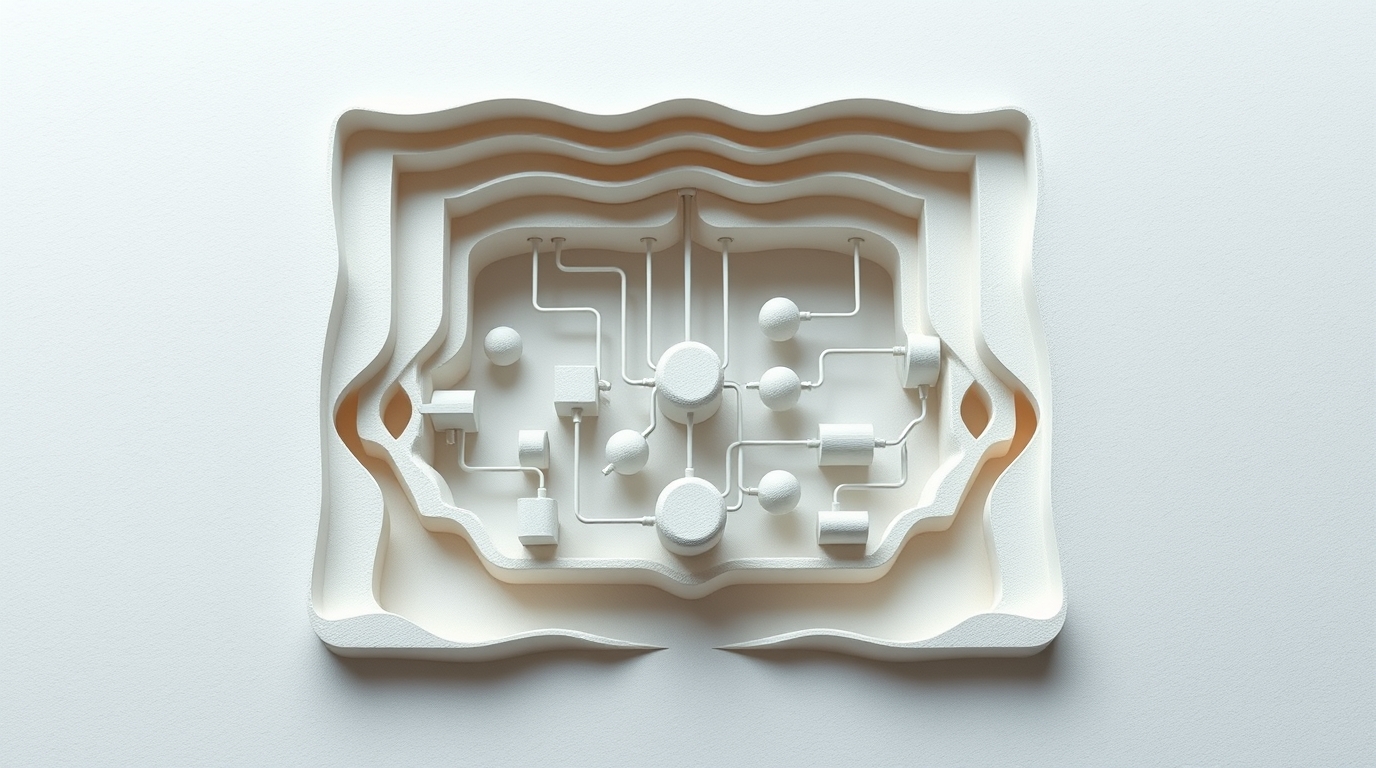To build reliable, scalable systems, you need to know the essential components that power modern applications. Whether it’s handling millions of users or ensuring minimal downtime, certain building blocks are always at play.
In this article, we’ll walk through these foundational elements and explain how each contributes to a well-architected system.
Load Balancers
- Purpose: Distribute incoming traffic across multiple servers.
- Why It Matters: Prevents any single server from becoming overwhelmed, ensuring availability and performance.
- Types: Layer 4 (TCP/UDP), Layer 7 (HTTP/S), DNS-based.
Databases
- Purpose: Store and retrieve data efficiently.
- Types:
- Relational (SQL): Strong consistency, structured data.
- NoSQL: Flexible schemas, high scalability (key-value stores, document DBs, wide-column stores, etc.).
- Key Concepts: Replication, sharding, indexing.
Caching Layers
- Purpose: Reduce load on databases and speed up responses.
- Types:
- In-memory caches (e.g., Redis, Memcached)
- Content Delivery Networks (CDNs) for static content
- Usage Patterns: Read-heavy systems, session storage, static assets.
Message Queues & Streams
- Purpose: Enable asynchronous processing and decouple services.
- Examples: RabbitMQ, Kafka, SQS.
- Use Cases: Task queues, event-driven architectures, log pipelines.
Content Delivery Networks (CDNs)
- Purpose: Serve static content (images, scripts, videos) from edge locations closer to users.
- Why It Matters: Improves latency, reduces origin server load.
Microservices & API Gateways
- Microservices: Break monoliths into smaller, independently deployable services.
- API Gateways: Handle request routing, rate limiting, authentication.
Monitoring & Logging
- Purpose: Track system health, debug issues, and plan capacity.
- Examples: Prometheus, Grafana, ELK Stack.
- Importance: Without visibility, scaling is blind.
Conclusion
These building blocks form the backbone of scalable, reliable systems. Understanding how they work together enables you to design systems that can grow, adapt, and perform under pressure.
In the next article, we’ll learn how to apply these components systematically to approach any system design problem.

Leave a Reply